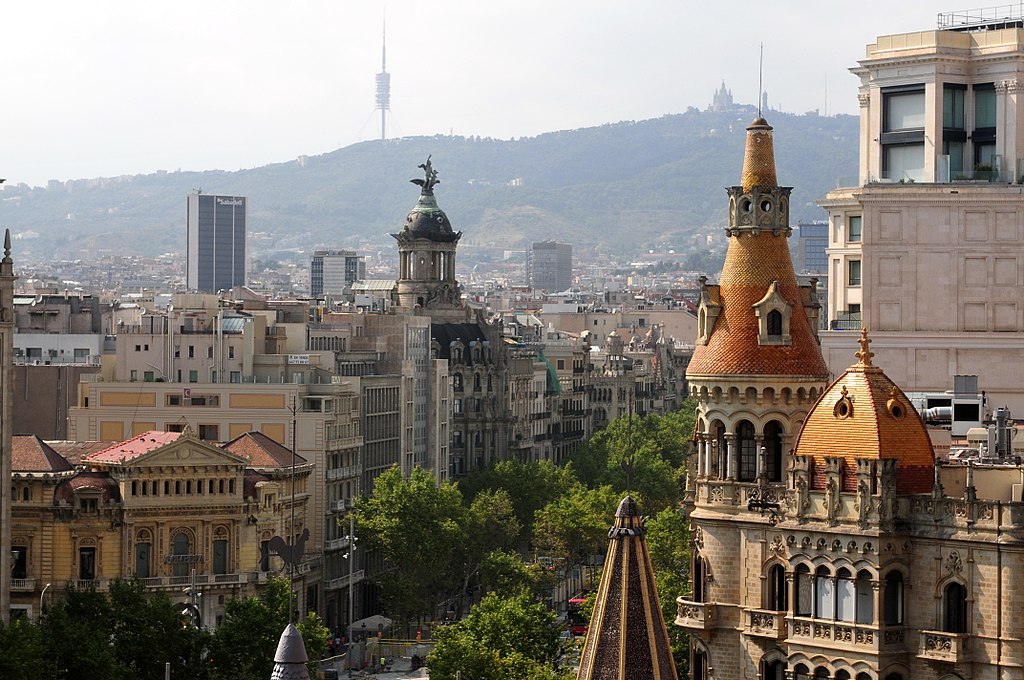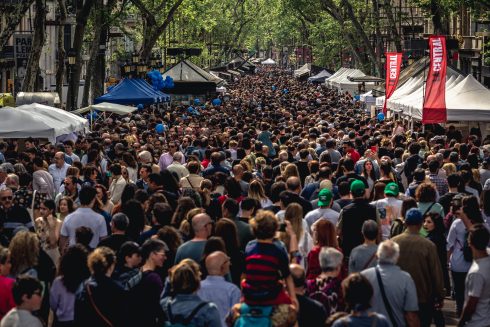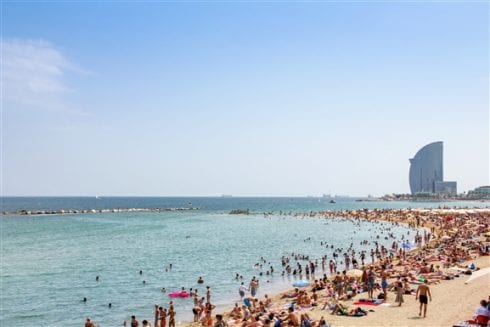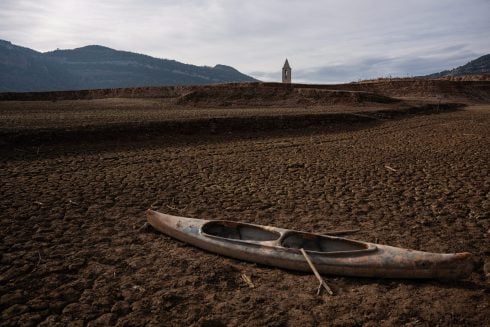A NEW survey has revealed that Barcelona, Madrid and Palma de Mallorca are the three cities in Spain with the worst quality of life.
The analysis, carried out by the Organisation of Consumers and Users (OCU) in October and November of last year, asked thousands of participants across the country to assess the overall quality of life in the city that they lived in.
This included factors such as mobility, citizen security, cleanliness, health and educational services, pollution levels and the environment.
Participants were also asked about the cultural, sports and leisure facilities on offer, employment opportunities, the cost of living, as well as properties up for sale and to rent in their city.
Alarmingly, the OCU reported that Barcelona, Madrid and Palma de Mallorca had been placed at the bottom of the table with Galicia’s Zigo being ranked as having the best quality of life.
For the Balearic Island particularly, it scored its lowest marks for education, where mobility and the cost of living were also perceived as a major problem for its residents.
Meanwhile for Barcelona and Madrid, the cost of living, the property market, the environment and its pollution levels were considered the worst aspects of both cities.
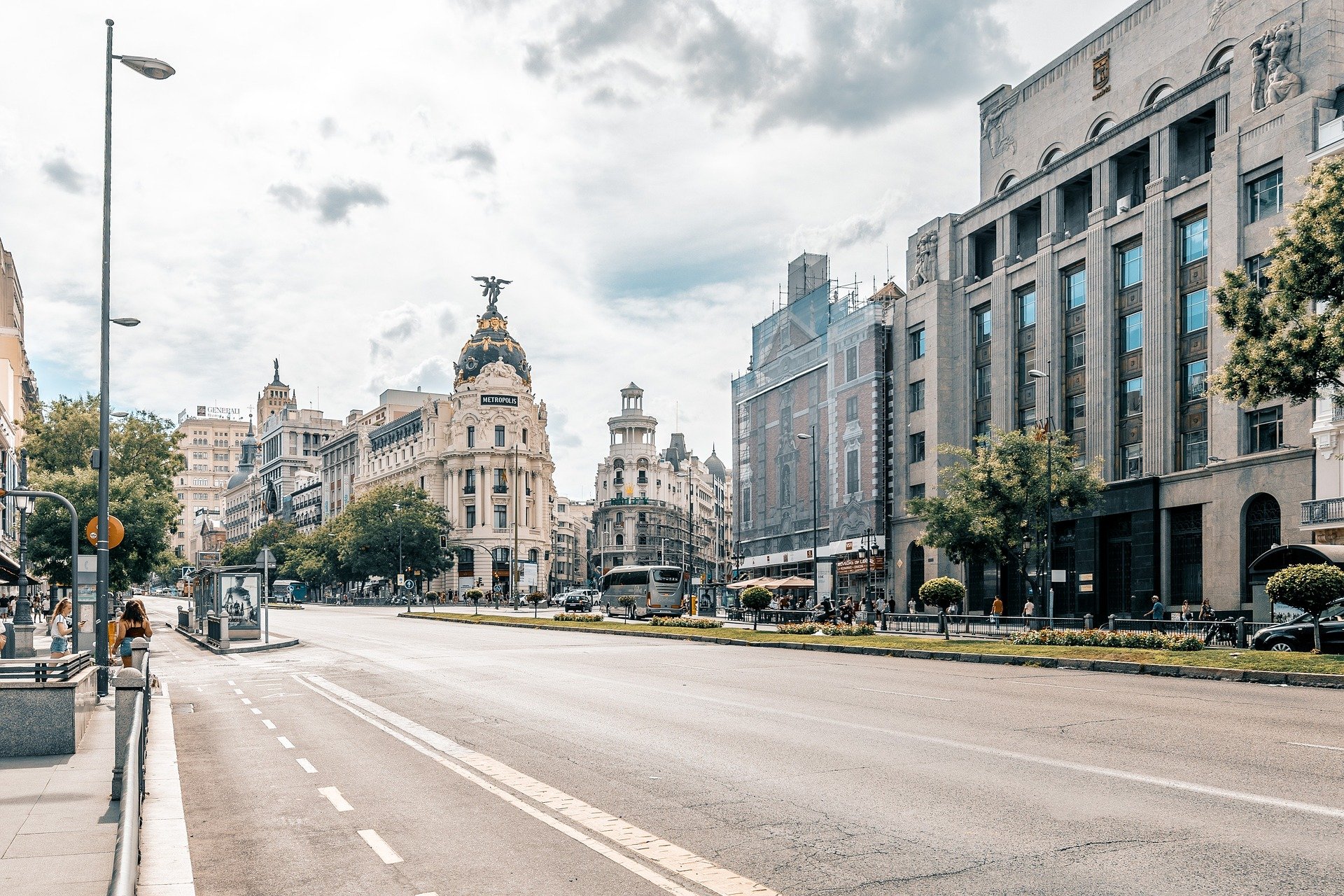
But why have residents determined that three of Spain’s most iconic cities have the worst quality of life?
Their feelings could be attributed to the period of when the survey was conducted – a winter season looming overhead and perhaps the most significant factor of all, in the midst of an unprecedented health crisis.
For these three cities, the coronavirus pandemic, its multiple lockdowns and multi-faceted layers of restrictions turned life upside down for most, not only affecting many people’s work and finances, but also their mental health.
During the nationwide lockdown, an eerie quiet settled upon these three normally teeming cities as residents obeyed the government’s orders to stay at home.
Streets typically busy with life were desolate, roads once filled with traffic jams were left almost empty and squares renowned for their offer of sun-drenched terraces had completely disappeared.
Sounds of chatter and laughter were replaced with pre-recorded orders played via loud speaker from patrolling police cars, driving home the message that everyone must stay at home.
‘Ghost cities’ was perhaps the only way to describe it, as those woke up daily with the stark reminder that all bars restaurants, gyms and non-essential shops would now be closed.
Summer then arrived with hope and passed by with disappointment as international travel restrictions negatively impacted these three tourist dependant destinations.
For the Balearic Islands, it recorded its highest number of unemployed people in the final quarter of 2020 since the 2009 financial crisis with over 35,000 jobs lost as a result of the COVID-19 crisis.
At the time, the Balearic minister for tourism, Iago Negueruela, said that the archipelago suffered an ‘unprecedented loss’ due to their reliance on tourism which was ‘deeply impacted by the coronavirus crisis.’
He explained that with the de-escalation phases not commencing until May and the opening of borders not until the end of June, April and May were complete ‘write offs’ for international tourism in the islands.
It was also revealed that in November, some 33,000 people were suffering from extreme poverty in the region, with the pandemic increasing poverty and exclusion exponentially as well as worsening pre-existing cases of vulnerability.
In the second quarter of 2020, that is during the months of April, May and June, the Balearic gross domestic product (GDP) also fell by a whopping 40.5%.
This was the biggest drop recorded in the region’s history and higher than anywhere else in Spain.

Although an unpredictable year lies ahead for these three cities and Spain as a whole, a light has been shone at the end of what has seemed like a very dark tunnel with optimism that the COVID-19 restrictions will continue to relax and tourists will return to the country this year.
READ MORE:
- Grant Shapps ‘confident’ international travel will resume for Brits on May 17
- Who is allowed in Spain at the moment and are hotels open? All your COVID-19 travel questions answered
- EXPLAINER: What we know about Spain’s plans to welcome tourists with ‘vaccine passport’ from June

